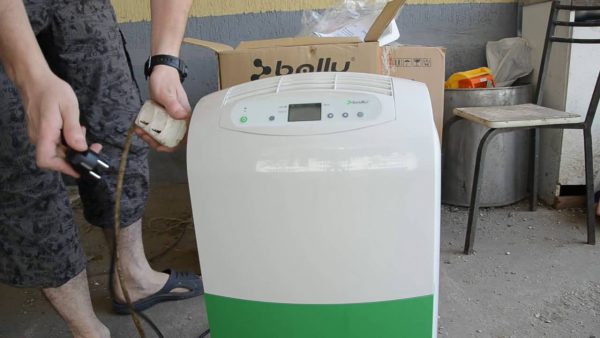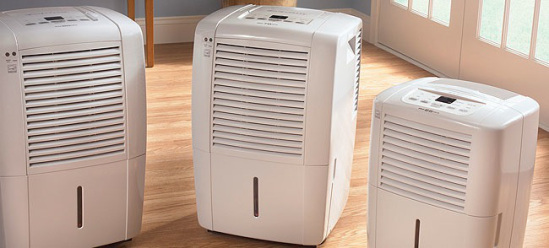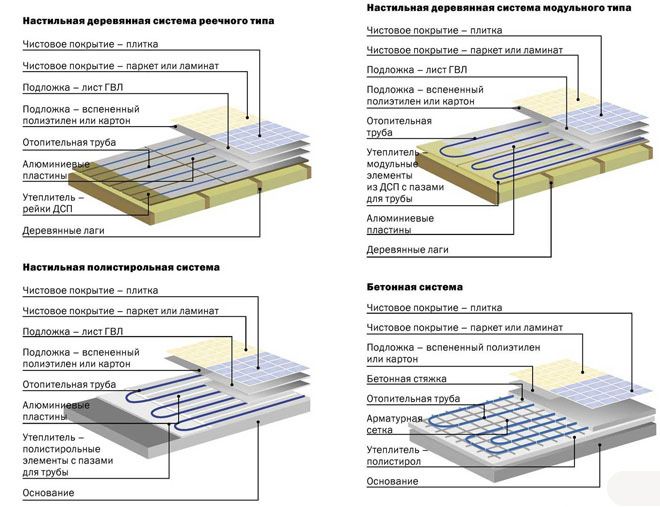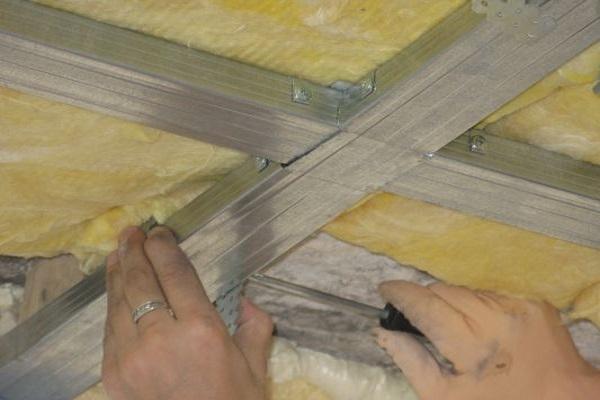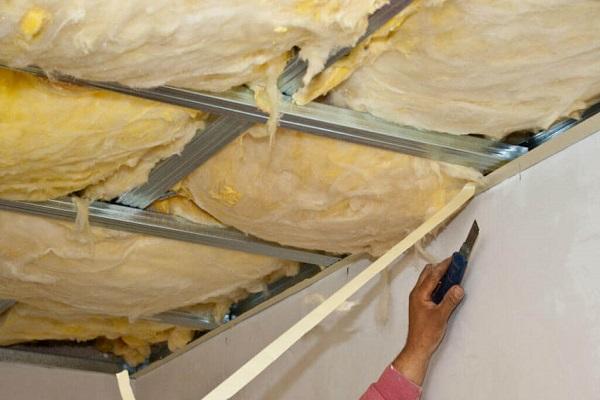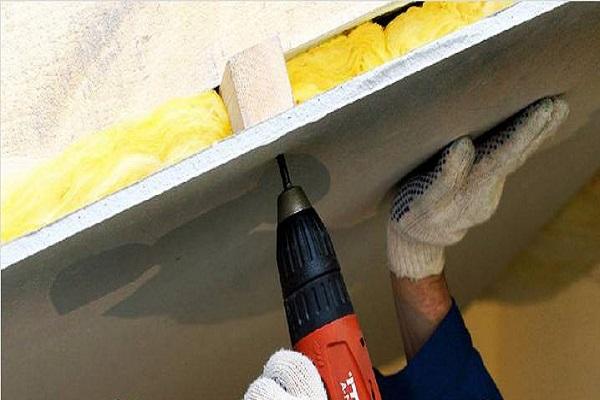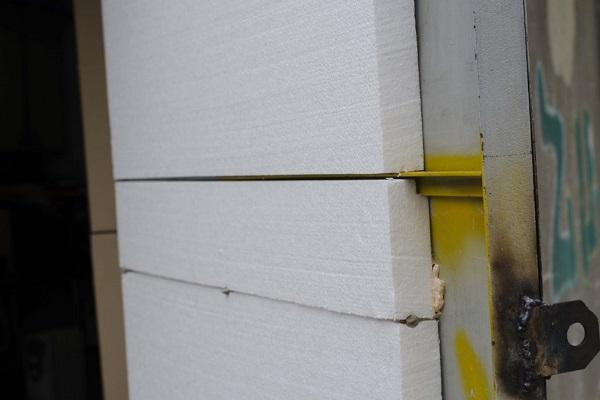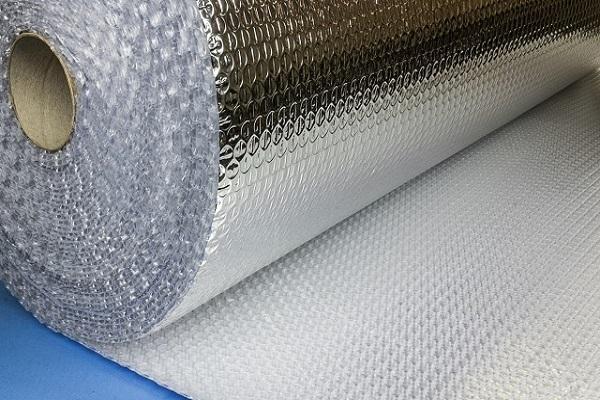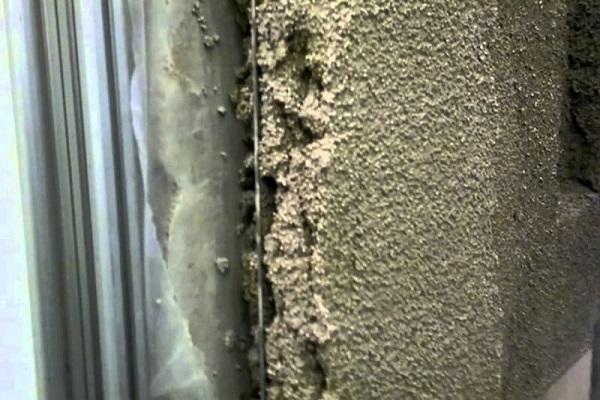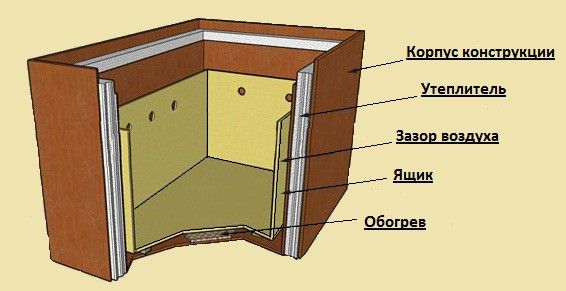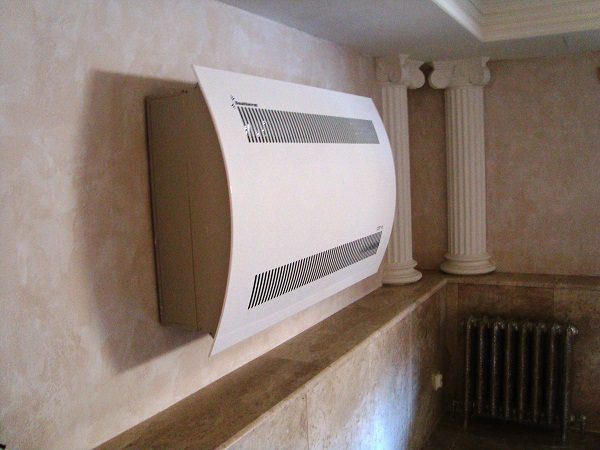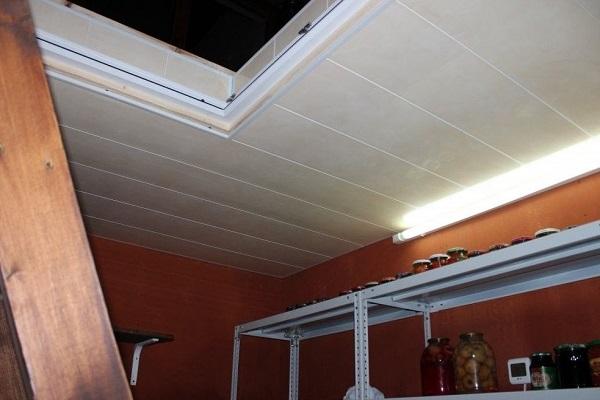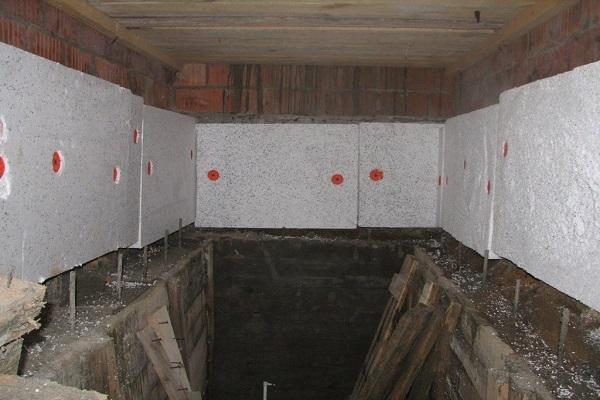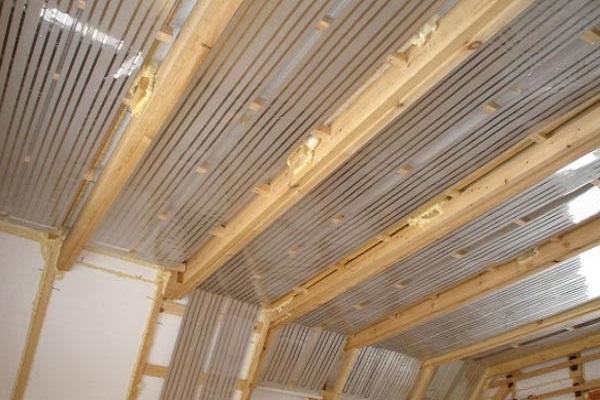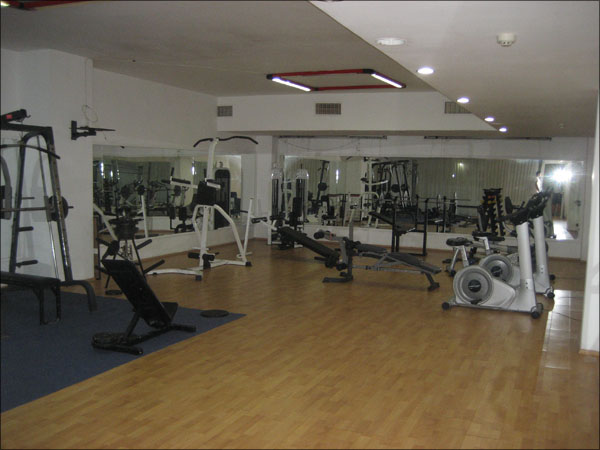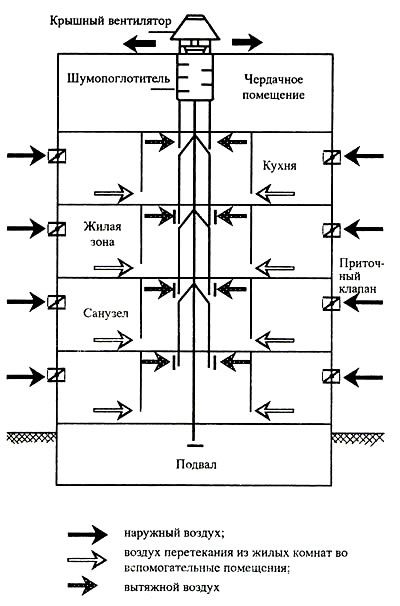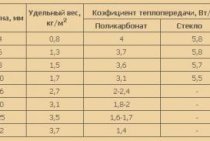DIY dryer
Before starting work, you need to determine how exactly moisture will be extracted from the air.
adsorption dryer
They are cut into two parts, and holes are made in the bottom with a hot awl or knitting needle. In one part of the bottle, the upper half is turned upside down, the cork is also pierced in several places. Pour a gel of silicone origin, about 250 grams.
Other work is carried out with the second bottle - the bottom is cut off, a cooler is placed inside, which blows into the cut hole. At a distance of 7 or 10 centimeters from the bottom, a pressure unit is made, after which the structure is put on a bottle of gel.
All joints are sealed with adhesive tape. The lid of the second bottle is removed or replaced with gauze. This ensures free air flow.
The fan blows air masses into the desiccant, and then the air comes out through the gauze. If the gel loses its absorbent properties over time, it is enough just to dry it in the oven for about 3 hours. Thus, dehumidification of air passes without noise and is rather effective.
Condensing dryer
You will need an old refrigerator, self-tapping screws and sealant, a simple heater, coolers from computers, a plexiglass hose made of rubber. The door is removed from the refrigerator, setting the Plexiglas sheet in size, the thickness is observed at 3 mm.
Fans are mounted in such a panel, stepping back from the edges by 30-40 centimeters. The fan grilles are treated with sealant and fixed with self-tapping screws. This will be the inlet part of the system, forcing air into the refrigerator.
The top of the plate is equipped with several small holes so that the cooled dry air comes out. The areas of all openings must be equal to the dimensions of the fan.
Alternatively, the air can be removed by a second fan, which is done from above. This will dry the air by 8%, lowering the temperature by 5 degrees.
This model can be further improved by making a heater. It is mounted at the top of the device or on plexiglass
It is important to make the intersection of the air flows entering through the fan inside and dehumidified, released outside
Although outwardly such a dehumidifier for the basement does not look attractive, it significantly saves the cost of buying ready-made appliances and effectively removes moisture from the basement.
Finished dryers
Drainage of the basement is based on increasing the dryness of the air and pulling dampness out of the walls. Usually these are fans that drive raw air to the evaporator. There it cools and dehydrates. The flow passes through the condenser, which is accompanied by heating. And the output is dry and warm air that fills the room.
Air exchange
The most significant characteristic of the device, on which the efficiency of the equipment depends. Determines the number of cubic meters of the dried surface per hour of work. Air exchange in the room should exceed the size of the room several times. Only under this condition will an acceptable result be achieved.
Operating temperature
A condensation-type drying device is used at 15 degrees Celsius. If the temperature is lower, about 10 degrees, then the device will spend too much energy on defrosting and heating the air. In this mode, it would be better to use the adsorbing type of devices.
Energy costs
The operation of the appliance requires continuous consumption of electricity, which will increase electricity bills and cause certain loads on the electrical wiring. Specifications for each unit may vary depending on the model of the device and its manufacturer.
Condensate collection tank
The moisture collection container is designed for comfortable use of the device, the larger it is, the less often it will be necessary to drain. If there is a sewer drain nearby, then you can lower the drainage pipe directly into it, making the moisture out of the tank directly.
In order to save money on the purchase of finished equipment and, if you wish, to gain new experience in the development of devices, dehumidifiers can be made by yourself.
Recommend to buy
Creating a ventilation system in the cellar
The most popular scheme is considered to be the natural ventilation of the cellar in the garage: for its implementation, it is enough to install pipes that are used for air intake and exhaust. The design works due to the difference in atmospheric temperature conditions, however, when arranging it, you need to remember the difficulties:
- In summer, the temperature difference practically disappears, and the movement of the air flow stops.
- In winter, the exhaust pipe can be clogged with ice and snow, so it needs to be warmed up.
A more effective option is a forced system: in it, the movement of air is carried out using a fan and a pair of pipes. Before you make ventilation in the cellar under the garage, you should calculate the power of the equipment that you need to purchase: for this you need to determine the area of \u200b\u200bthe garage and the parameters of the basement.

Basement Heating Library
There is a basement in almost every multi-apartment and private house. It is used for various purposes: they lay pipelines and heating equipment, store agricultural products, and rebuild it into a residential building. Shops and offices are often located on the basement floors: rent here is cheaper.
Basement of a private house
However, if we are talking about the basement of a country house, then fresh crops and pickles, as well as unnecessary things, are usually stored in it. So that nothing deteriorates and does not rot, you need to take care of the basement heating system.
The choice of equipment largely depends on the location of the basement: for a summer residence and a garage, you need to select different options. It is worth starting from how much thermal energy you need for heating. Along with the basement heating system, it is necessary to organize forced ventilation, since there are no windows in the underground for natural air exchange.
Storage of agricultural products
To organize the storage of potatoes, carrots, beets and other crops in the basements of a private house or garage, as a rule, additional heating of the basement is not required - usually there is enough neighborhood with living rooms upstairs. Low temperatures are not terrible, but the main thing here is to prevent minus.
If the underground freezes through, heating the basement of a private house is necessary, otherwise the products will freeze. It can be organized in several ways, the most justified is the connection of heat guns (fan heaters) or infrared heaters.
Bath, sauna, swimming pool
To create an additional source of heat, you can lay a warm floor, preferably a tape one, it is more unpretentious and lasts a long time.
Electric underfloor heating is expensive if you use it all the time, but for temporary heating this option will be the best, because. it is easy to install.
Isolated room
If an additional living space is organized in the basement of a private house, a stove or boiler can be used to heat it. It is reasonable to put the boiler not on one basement, but on the whole house, just lay an additional pipe with a coolant in the underground, for example, water, if water heating is used.
Basement heating calculation: a 25 kW boiler is installed for heating 60-180 sq. m area, 25-35 kW - 200-300 sq. m. For rooms up to 200 sq. m. m is also suitable for a long-burning stove. Underfloor heating can be used as additional heating.
Varieties of insulation
The decision to insulate the cellar has been made, but which thermal insulation material to choose? Specialists use several types of insulation:
- mineral wool;
- glass wool;
- Styrofoam;
- reflective insulation;
- polyurethane foam;
- warm plaster.
Proper arrangement of the basement of the garage helps to eliminate the appearance of fungus and mold. However, you first need to familiarize yourself with the properties of materials for insulation, to study the advantages and disadvantages of each.
Mineral wool
Mineral wool has the following advantages:
- good air conduction, allowing the room to "breathe";
- exceptional sound insulation;
- retains heat well;
- low price;
- high service life - over 30 years.
Among the shortcomings are:
- requires a special frame for installation;
- the insulation is not resistant to moisture;
- work clothes required.
Important! When using mineral wool, it is required to make additional protection against moisture in the basement in order to eliminate its effect on the material and the deterioration of thermal insulation properties
glass wool
The advantages of using glass wool for the basement of the garage are somewhat less:
- cheapness;
- decent thermal insulation;
- good soundproof performance.
However, the heater has several disadvantages:
- protective clothing is required for installation;
- an additional frame is required;
- strongly passes moisture;
- when damp, it emits an unpleasant odor.
Just like mineral wool, vapor barrier is required. Additionally, it is recommended to use a film or foil to isolate the material.
Styrofoam
The use of foam boards for the basement of the garage has several advantages:
- good thermal insulation properties;
- no load due to low weight;
- affordable price;
- high moisture resistance.
However, there are also several disadvantages:
- extremely unstable to high temperatures;
- is highly susceptible to mechanical deformation, so it is necessary to carefully inspect the material before installation for cracks.
Reflective thermal insulation
- high rates of thermal insulation;
- the thickness of the material is only 5 millimeters;
- lightweight installation;
- lining can be used.
Among the disadvantages is the high cost and the existing risks of heat loss.
Important! Reflective thermal insulation, like a mirror, removes the heat of infrared radiation. Therefore, the material is not effective in the basement of the garage, as it leads to heat loss.
polyurethane foam
Polyurethane foam has high thermal insulation performance and protects the basement of the garage from moisture and fungus. This material, with proper finishing, can also be used for floor insulation.
Warm plaster
Warm plaster for the garage basement is recommended to be used in combination with other heat-insulating materials. This allows you to achieve good results. Separately warm plaster has:
- good thermal insulation;
- affordable price;
- good sound insulation.
The material has only two drawbacks:
- difficulties during installation;
- to create suitable conditions, a thick layer of plaster is required.
Protection of crops from freezing and prevention of freezing of cellars, cellars, heating. Replacement sensor DoSam.Ru
As you know, vegetables and fruits collected in the garden in winter are best stored at a temperature close to zero and even at slightly negative (minus 1 - 2 degrees) and at high humidity.
Such conditions do not allow the development of putrefactive processes and protect the fruits from drying out.
Such conditions are almost automatically created in deep cellars and basements, as well as in the undergrounds of heated houses.
In principle, vegetables can withstand significant temperature drops to minus 5-10 degrees, but for a short time. If the frosts drag on for a week or two, then the quality of the crop will decrease incredibly, up to complete spoilage.
Frost can cause even more damage to liquid heating systems if they are filled with water, and not with an antifreeze coolant based on ethylene glycol (antifreeze).
And you never know the cases when it is necessary to prevent the temperature from dropping significantly lower in any room, cellar, greenhouse, greenhouse.
Like in a cellar. After all, we don’t need potatoes to start sprouting in winter (and it starts doing this after stratification already at 6-8 degrees Celsius).
It is enough to slightly overheat the cellar - and the process has begun! Our task is to prevent freezing, not to heat the room!
Of course, as a control device, it is necessary to use some kind of thermal relay, which will turn on the heater if the temperature drops below zero.
Meanwhile, absolutely everyone can make such a thermal relay, and now I will prove it and tell you how to make it.
Do this experiment. Take a small plastic soda bottle, fill it almost to the top with water and put it in the freezer. Once an hour, carefully take it out and observe what happens there.
“What can happen there? The water freezes, that's all ... ". That's right, water freezes. But the trick is HOW it freezes, in what order.
Freezing of water begins over the entire surface area of the bottle, a kind of ice cylinder is formed, inside of which there is still liquid water. Of course, she will freeze too.
Now let's remember what ice is and what properties it has. Ice is water in a state of crystallization. This very crystallization leads to the fact that the bulk density of the same water decreases by 10%! 1 liter of ice weighs not 1 kg, but only 900 grams.
Therefore, ice always floats on the surface of the water, protruding 1 tenth above it. But ice becomes lighter than water for a reason, but by increasing its volume.
The same liter of water, freezing, turns into a piece of ice with a volume of more than 1 liter by the same 10%
Why am I? In addition, in a confined space, freezing water begins to create pressure, huge pressure! Which we will use as a “zero-degree crossing” sensor, simply a freezing sensor. Which will give a command to the heater.
The logic of work here is simple. Place the sensor in the coldest place in the room and connect it to the heater. As soon as the water in the sensor starts to freeze, it will work and turn on the heater. The heater will start to raise the room temperature. Accordingly, the water will also melt, the sensor will turn off the heater.
Now about the sensor itself. First of all, when designing the sensor, it should be taken into account that water is one of the most heat-consuming substances on earth. The processes of freezing water and melting ice are associated with the release and absorption of a sufficiently large amount of heat. This means that the sensor will be very inertial.
However, proceed according to your needs.
There can be many designs of sensors. But any of them takes into account the volumetric expansion of water during the transition to the ice phase. The figure shows two designs of frost sensors.
The first uses a strong metal thick-walled vessel filled with water. On the surface of which a well-fitting piston floats - a float.
When the water begins to freeze, the first thing the ice will do is expand upwards. there is the least resistance to its expansion. The float will begin to rise and press the button, of arbitrary design.
The button will give a signal to turn on the heater.
It is possible to come up with sensors based on communicating air or liquid vessels with non-freezing liquid, etc. etc.
It should also be taken into account that the power switched by the sensor contacts is very small. And you can not directly turn on the heater through them. Any intermediate switching element should be used - a relay, a starter, a thyristor, a triac, etc.
K. Timoshenko
Reasons for the increase in humidity
It is better to eliminate the dampness of the basement immediately than to deal with its consequences later. Causes may be lack of proper air exchange, ventilation and window openings, moisture absorption by the walls of the room, poor or insufficient waterproofing, clogged drainage, abundant flood or groundwater.
Usually, spores of fungal infection and mold are present in all rooms, only they are inactive. But as soon as the conditions for their reproduction appear (temperature above 20 degrees Celsius with a humidity of 80%), they begin to cover all available surfaces.
To successfully combat such infections, you need the right dehumidifier, which will change the parameters of air exchange in the basement and prevent the development of pathogenic bacteria.
What you need to know to make a basement underfloor heating system, work steps
Back
Any room has its own specifics, and the basement is no exception. Therefore, when you need to equip heating in it, different ideas come to mind. One of these is underfloor heating in the basement. How realistic it is to equip it, it is worth figuring out.
Warm in the basement - it will be warm in the house
Basement Features
The floor in the basement of the house cannot be called warm, because it is closest to the soil, even if it is clay, which means it is a priori cool. There are no logs between which it would be possible to lay a thick insulation
Therefore, it is important to provide normal heating in the basement so that moisture and dampness do not penetrate into the house.
Here you can use different techniques. Many people prefer not to equip heating in the basement at all, but to confine themselves to insulation and high-quality waterproofing. You should not think that by equipping a warm floor in the basement, you can avoid moisture there: if there is no waterproofing, or it is of poor quality, no heating will help in this case.
Important! So that excess cold and moisture do not penetrate into the basement, you need to take care of this even at the stage of building a house, otherwise it will be difficult to do something later
On the ground
In the basement there may be no floor slabs and concrete screed, in which case the heating arrangement will be carried out directly on the ground, and in some cases even on clay. This, of course, will require additional materials.
Underfloor heating in basement? Why not
It is worth noting that arranging the floor directly on the ground without a concrete screed is fraught with subsidence, although this does not always happen and not for everyone. But there is always such a risk, because the cake of such a heating system weighs a lot, which leads to shifts of even the most compacted base of earth and clay. Therefore, you need to think carefully before making such a floor.
https://youtube.com/watch?v=oOAgt8umeFI
Arrangement of a warm floor on the ground in the basement of the house:
- A layer of bulk 15 cm thick is laid on natural soil, it is well compacted. For the embankment, sand, clay are used.
- Next, crushed stone is poured - 10 cm.
- Styrofoam 7 cm thick is laid on top of the rubble.
- Lay a layer of waterproofing.
- Next, pipes or floor mats are laid. The IR system is not used when arranging basement heating. A concrete screed is poured on top, which is necessarily reinforced.
- Now it's the turn of the flooring, the best option is tiles.
Arrangement of a warm floor on the ground
If, nevertheless, it is decided to equip the screed, it must be poured at the stage of laying rubble. It can be presented in the following forms:
- Crushed stone is spilled with a liquid solution. Materials for it: sand - 2 parts, cement - 1 part. Mix with water until fluid.
- Pouring a rough screed, the thickness of the concrete layer is up to 7 cm. It is desirable to reinforce the rough screed.
Underfloor heating equipment process
To make a warm floor on slabs or logs on the basement of a house, you will need the same materials, only the layers of the cake will be slightly different.
Concrete slabs, screed, another base on logs can act as a base. The convenience of arranging a warm floor is that subsidence is impossible, and the materials used to install the system and the finish will not be damaged.
Any beginner in the construction business can do this arrangement option, especially if you use mats with wire for the system. Necessary materials:
- Cement.
- Sand (not clay).
- Branches and fittings for cranes, pipes for water heating.
- Electric floor mats, thermostats.
- Floor covering.
- If the base is a slab, then it may need to be sealed and leveled, this also requires materials.
- Materials for waterproofing and insulation.
Waterproofing is essential
The procedure for laying heating on slabs or concrete screed in the basement of the house:
- Lay a layer of waterproofing on the slab. Her canvases should overlap with 10-15 cm on the walls.
- Insulation, for example, expanded polystyrene or mineral wool of maximum density. Such a heater is also laid between the lags of interfloor ceilings, so it should be purchased immediately for warming the whole house.
- Pipes or mats of the heating system.
- Screed with reinforcement.
- Flooring.
Fixing the underfloor heating system on the grid
Calculation of heating of the underground floor
Often, homeowners do not even think about heating the basement and basement floors, because they do not use their area as a living area. And in seasonal residences, heating issues are not particularly relevant. However, if you live in a private house in the winter, the situation changes dramatically. To organize a heating system, you will need to carry out some preliminary calculations.
When choosing boiler heating, it is necessary to accurately calculate the area of \u200b\u200bthe room to be heated (it can be either the whole house at once, or just the basement). If the area turns out to be large enough (from 500 sq. M.), Then the boiler power should be more than 40 kW. When it is necessary to heat only the basement of a private house, then simple equipment with a capacity of about 25 kW is quite enough.
When installing the stove, you must, first of all, decide on its type: a “potbelly stove”, a brick stove, or, possibly, a long-burning stove
When choosing a potbelly stove, you need to take into account that this device can only heat a small cellar or basement of a country house, therefore, if you need to heat a large room, you should pay attention to other types of stoves
A long-burning stove is suitable for an area up to 200 square meters. m. The required power of such a stove is calculated in the same way as in the case of boiler equipment. A good option would be to install a traditional brick stove, because in this case you don’t have to decide on the power. The main thing is to correctly calculate the dimensions of the chimney and equip the firebox.
In the event that a traditional brick oven was installed in the basement, it is important to remember that its damper should be closed when everything has already burned out and there is no flame on the coals. This will significantly save fuel by saving heat.
If this is not done, the heat coming from the coals will simply go out into the chimney.
Correct air exchange device
For the most competent ventilation device in the basement of the garage, the following points must be considered:
The most effective is the exhaust system, which ensures the circulation of air masses even in summer.
When using a fan in the circuit, care should be taken to isolate it and protect the wiring from moisture that forms during the process.
If the area of the room is less than 40 squares, and products are stored inside, it is necessary to arrange an exhaust hood.
When choosing equipment, it is important to understand which fan to take: a device that is too powerful consumes more energy, and a model that is too weak does not allow all moisture to be completely removed.
What is insulated
Depending on the average annual temperature and precipitation, on finances and the structure of the basement of the garage, it is required to insulate the room:
Important! Even if there is internal heating, and there is no need for thermal insulation of the walls and ceiling, it is recommended to insulate the garage basement floor.After all, warm air from an artificial air conditioner will rise up, leaving the floor cold.
To insulate the bottom surface of the subfloor, it is recommended to use expanded polystyrene. This requires:
- deepen the floor by 25-30 centimeters and level the surface;
- lay out crushed stone 10 centimeters around the entire perimeter;
- then cover the crushed stone with sand half as much (it will help to avoid the accumulation of moisture);
- then apply a layer of insulation;
- and finally, make reinforcement with mesh and concrete.
Walls
Regardless of the choice of insulation for basement walls, experts advise first treating them with antifungal solutions (quicklime or blue vitriol). Then carefully seal all seams and cracks.
For mineral or glass wool, an additional frame is required so that it does not slip under its own weight. The insulation should be well fixed around the entire perimeter of the wall.
Ceiling
It is recommended to insulate the garage ceiling with any suitable material.
However, it is further important to hide the thermal insulation with drywall sheets, plastic or plywood. Styrofoam and reflective thermal insulation can be hidden under the cladding
Important! Before insulating the garage ceiling, it is required to mount all the electrical wiring for lighting, laying the wires in a heat-resistant corrugation
How to insulate the cellar methods of insulation and heating

As a rule, the cellar is used at any time of the year to store food, so the main requirement for its device is to create conditions for maintaining a stable temperature all year round. It is necessary to provide protection against freezing of the cellar in winter and excessive overheating in summer.
There are various ways to insulate the cellar, and their choice depends on the design of the building itself.
If the location of groundwater on the site does not allow the construction of an underground cellar, more attention will have to be paid to the aspects of cellar insulation, in particular vapor barrier, heat and waterproofing.
How to choose the right way to insulate the cellar with your own hands?
There are several of the most common and popular ways to insulate the cellar with your own hands.
- Warming with sawdust
- Insulation with glass wool or mineral wool
- Foam application
- The use of modern heaters
Insulation of the cellar with sawdust
Wood sawdust is a readily available and cost-effective insulation that can be easily obtained at any woodworking industry.
The disadvantages of this method include some complexity of the process itself - before you start warming the cellar with your own hands, it is necessary to waterproof the walls and floor with the help of tar, which must be applied in several layers.
Then the sawdust layer is compacted so that the layer thickness is about 30 centimeters, and covered with roofing material. The resulting structure is covered with a concrete screed, which must also be waterproofed with another layer of roofing material or bitumen.
Warming with mineral wool
Mineral wool has excellent technical characteristics and provides a stable result, but it has a rather high cost and requires careful attention to vapor and waterproofing.
Advantages of do-it-yourself cellar insulation with polystyrene foam
Do-it-yourself cellar insulation with polystyrene foam has a lot of advantages. This material is affordable, has excellent thermal insulation properties, is lightweight and resistant to mold.
The disadvantages include its easy flammability, which leads to an unstable fire situation, and the ability to emit an unpleasant odor when heated.
Therefore, for the insulation of residential premises, it is still worth choosing a more environmentally friendly material.
How important is it to properly organize the heating of the cellar?
A properly designed cellar should be heated using heat from the soil, which is accumulated by the surface layers of the soil during the warm season. How effective this process will be depends on many factors:
- the presence or absence of a ventilation system;
- groundwater level;
- materials used to waterproof the cellar.
It is known that at a depth of 3–4 meters, fluctuations in the average annual temperature are insignificant and are within 5–10 degrees. Therefore, the depth at which the cellar is built is critical to ensure a stable temperature inside the cellar.
This is especially true for cellars that do not have any buildings above. Heating a cellar located under a building where people permanently live is an easier task, since alternative heating methods can be activated and controlled.
Natural and electric cellar heating
- naturally;
- with the help of electricity.
The most preferred and safe method of heating is natural, due to the accumulative effect of the soil.
Using electric heaters to maintain the desired temperature in the cellar without good insulation can require significant energy costs.
And in the case of cellars in household plots and cottages, where there is often no electricity in winter, this method of heating is completely impossible.
Electric cellar heating is best suited for use in urban areas, where there are usually no power outages. But it is worth remembering that without good cellar insulation, electricity costs will be significant.
Underfloor heating in the basement
The presence of a warm floor in a living room will be an excellent solution for creating a comfortable environment. Often, warm floors are made even when there is stove heating in the house, since cold air masses that occur during ventilation of the room pass through the floor.
It should be borne in mind that when installing a warm one, special attention must be paid to the thermal insulation and waterproofing of the foundation base. As a heater, it is recommended to use a combined solution - mineral wool and expanded polystyrene
Installation of an additional waterproofing layer is necessary if there is a high level of groundwater in the area or there is a possibility of seasonal flooding of the basement.
Underfloor heating options. Click to enlarge.
Which heating method to choose
Heating a basement or cellar is a rather difficult question. Here it is necessary to take the most responsible approach to the issue of choosing the type of space heating, based on the wishes and requirements of the owner. For example, if it is necessary to heat the basement in a seasonal home (i.e., during the cold spring and autumn months), then installing a simple heater will be enough.
On the other hand, if it is planned to make a full-fledged living space from the basement of a country house, then it is necessary to arrange more efficient heating. The best option in this case is the installation of a furnace or boiler. It should be noted that for the installation of a gas boiler, it is necessary to allocate a separate room, and its work must be coordinated with the relevant services.
Basements in an apartment building have a variety of functions. It all depends on the quality of the structure and the location of the central communications, thanks to which water and heat are supplied to the apartments.
Most often, the basement is the property of the residents of this house, and can be equipped to organize shops or cafes. Recently, it has become popular to organize gyms in the basement, but for various kinds of events it is necessary to think carefully and qualitatively, since the air masses naturally do not circulate very well.
It is characterized by high humidity, which can adversely affect human health. For this reason, a variety of fungal colonies and mold will appear on the walls of the room, which are quite difficult to get rid of.
Advantages and disadvantages of the basement
The main advantage of the basement in an apartment building is the concentration of all necessary communications for functional work. From the basement is carried out through ventilation ducts, which are located in each apartment.
There is also a central water supply pipe and heating pipes. As a rule, flow meters are installed on such pipes in order to control the total consumption of the whole house and each tenant individually. In the basement there is also a central sewage system, to which all apartments in the house are connected.
The basement can be used as a storage room, but this is only if a certain space is provided for such purposes. Previously, the basement was used as a bomb shelter. To date, there are still some cellars that have benches or places to rest.
The downside of the basement is the dampness and mustiness of the air due to poor ventilation and lack of natural light.
Advice. To effectively use the basement, it is necessary to provide high-quality ventilation and waterproofing.
